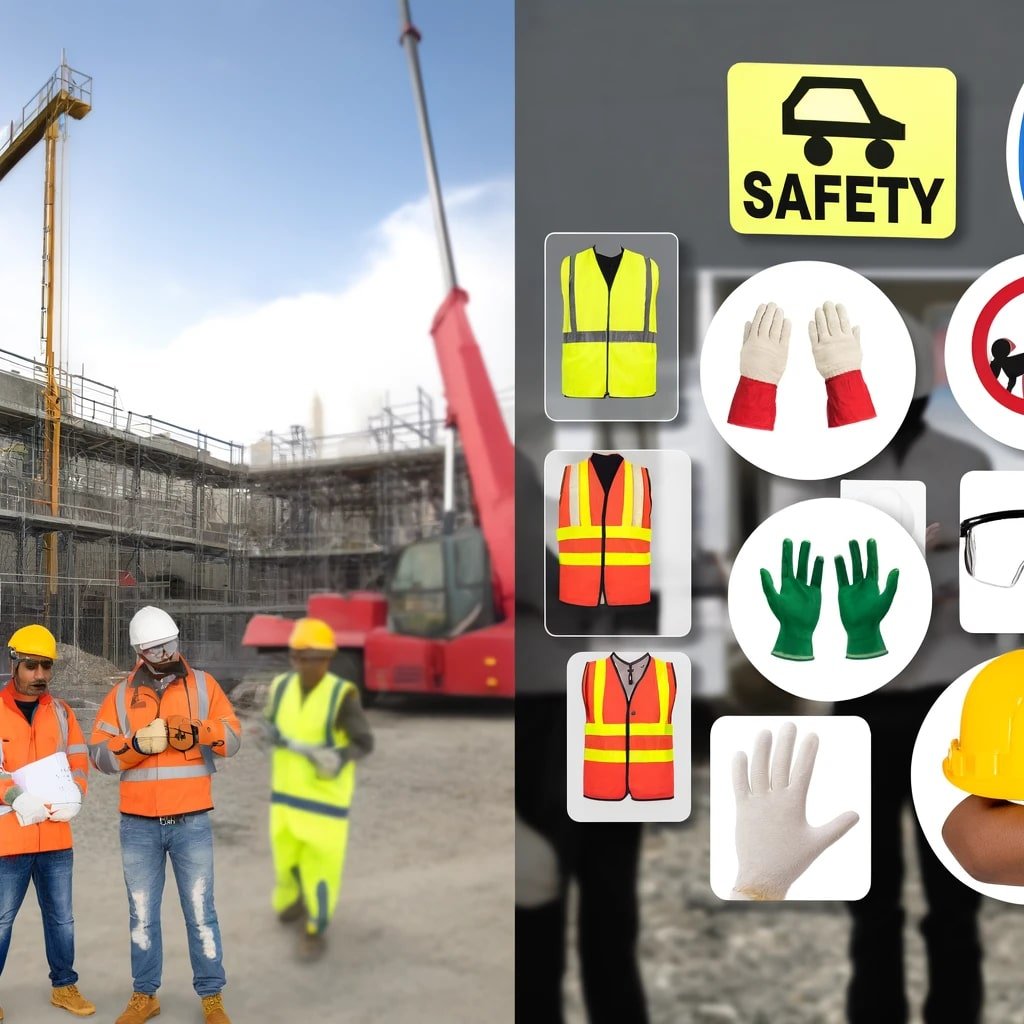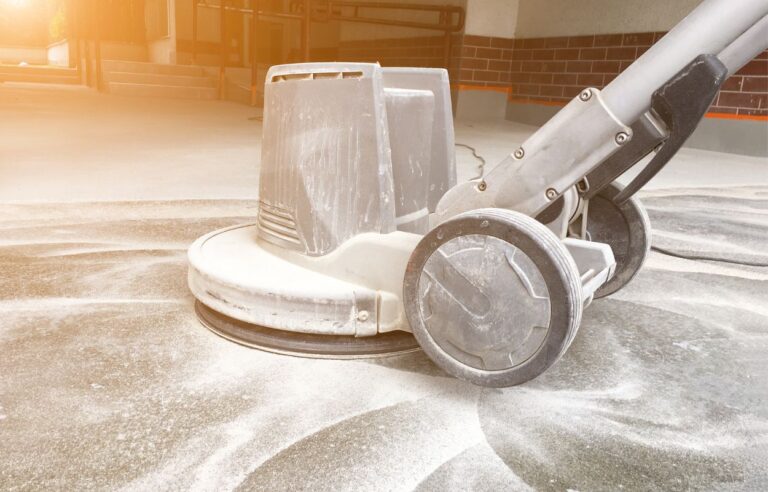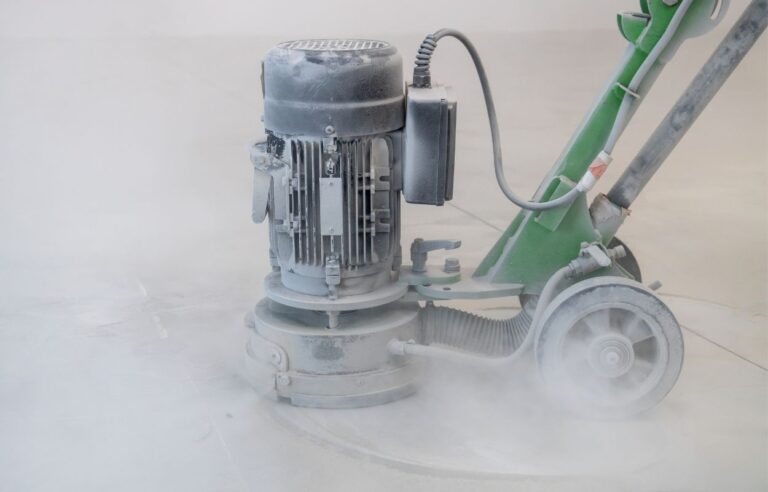Demolition projects can be inherently dangerous, involving heavy machinery, falling debris, and potentially hazardous materials. Ensuring the safety of all workers and the surrounding environment is paramount. Here are essential safety tips to follow during demolition projects to minimize risks and ensure a secure and efficient process.
1. Pre-Demolition Planning
Thorough Site Assessment:
-
Conduct a comprehensive site assessment to identify potential hazards, including structural weaknesses, hazardous materials (like asbestos), and underground utilities.
Obtain Necessary Permits:
-
Ensure all required permits and approvals are obtained from local authorities before beginning the demolition work.
Develop a Detailed Plan:
-
Create a detailed demolition plan outlining the sequence of operations, safety procedures, and emergency protocols. Communicate this plan to all team members.
2. Personal Protective Equipment (PPE)
Hard Hats and Safety Goggles:
-
Workers should wear hard hats to protect against head injuries and safety goggles to shield eyes from dust and debris.
Respiratory Protection:
-
Use appropriate respiratory protection to guard against inhaling hazardous dust, especially when dealing with materials like asbestos or lead paint.
Protective Clothing:
-
Wear durable, long-sleeved clothing, gloves, and steel-toed boots to protect against cuts, abrasions, and heavy objects.
3. Securing the Site
Erect Barriers and Signage:
-
Use barriers and warning signs to restrict access to the demolition site and warn the public and unauthorized personnel of potential dangers.
Ensure Structural Stability:
-
Assess the stability of structures before and during demolition to prevent unexpected collapses. Use temporary supports if necessary.
Control Dust and Debris:
-
Implement dust control measures such as water spraying to minimize airborne particles. Regularly clean up debris to maintain a safe working environment.
4. Safe Handling of Hazardous Materials
Identify and Remove Hazards:
-
Conduct thorough inspections to identify hazardous materials like asbestos, lead, and chemicals. Engage licensed professionals to safely remove and dispose of these materials.
Proper Waste Disposal:
-
Follow local regulations for the disposal of demolition waste, especially hazardous materials. Use designated disposal sites and containers.
5. Use of Machinery and Equipment
Training and Certification:
-
Ensure all operators are trained and certified to use demolition machinery and equipment. Regularly inspect and maintain equipment to prevent malfunctions.
Safe Operation Practices:
-
Operate machinery within the manufacturer’s guidelines and adhere to safe operating procedures. Keep bystanders at a safe distance from operating machinery.
Emergency Stop Mechanisms:
-
Equip machinery with emergency stop mechanisms and ensure operators know how to use them in case of an emergency.
6. Fall Protection
Use of Safety Harnesses:
-
Workers at height should use safety harnesses and fall protection systems to prevent falls.
Secure Ladders and Scaffolding:
-
Ensure ladders and scaffolding are stable, properly secured, and meet safety standards. Inspect them regularly for defects.
7. Electrical Safety
Identify and Deactivate Utilities:
-
Locate and deactivate electrical, gas, and water lines before starting demolition. Use lockout/tagout procedures to prevent accidental reactivation.
Use Insulated Tools:
-
When working near electrical components, use insulated tools and wear rubber-soled shoes to reduce the risk of electric shock.
8. Emergency Preparedness
First Aid Kits and Training:
-
Keep first aid kits on-site and ensure workers are trained in basic first aid procedures.
Emergency Evacuation Plan:
-
Develop and communicate an emergency evacuation plan. Conduct regular drills to ensure all workers are familiar with the procedures.
Contact Information:
-
Post emergency contact information, including local hospitals and emergency services, in visible locations around the site.
Conclusion
Safety in demolition projects requires meticulous planning, the right protective equipment, and strict adherence to safety protocols. By following these safety tips, you can ensure that demolition projects are carried out securely and efficiently, protecting both workers and the environment. Prioritizing safety not only prevents accidents but also promotes a culture of responsibility and professionalism in the construction industry.





